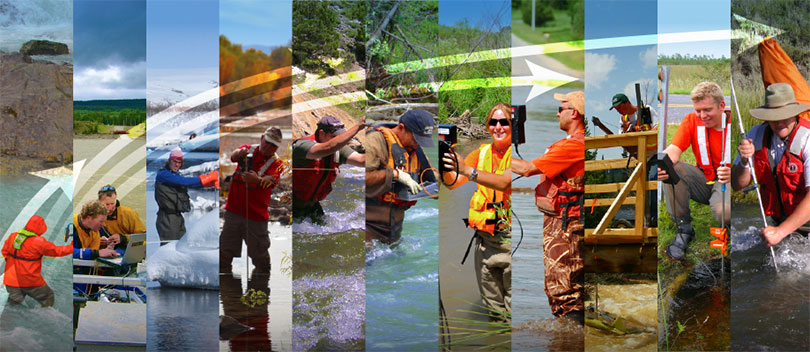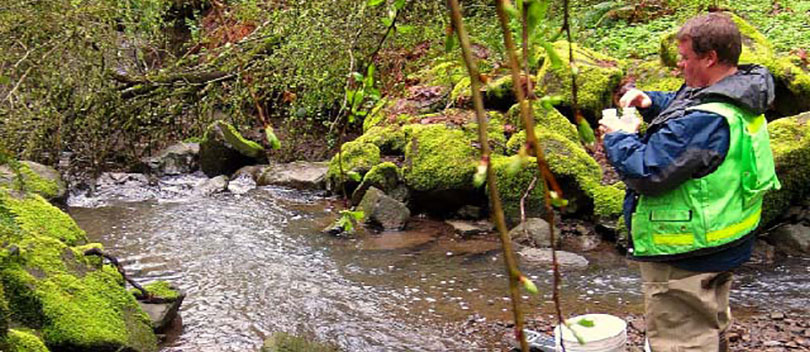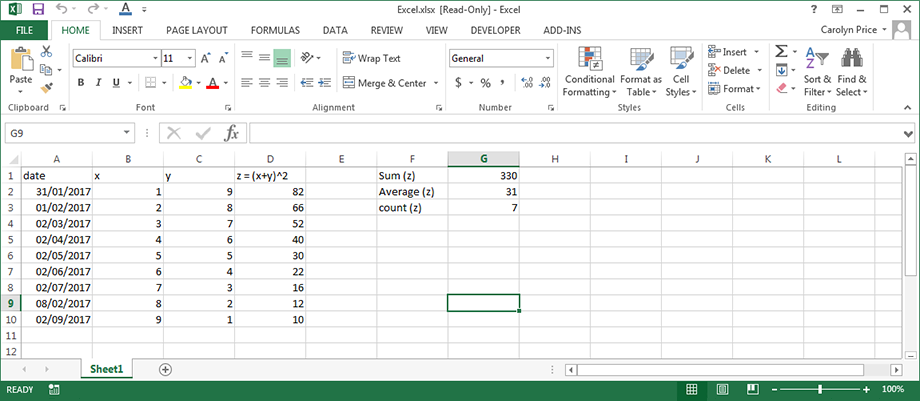
Why Does the Role of the Hydrographer in Rating Curve Development Even Need an Explanation?
I am very happy to announce that the paper: The Role of the Hydrographer in Rating Curve Development has now been published in Confluence: Journal of Watershed Science and Management.
Marianne Watson, Robin Pike, and I all learned a lot from each other in the process of writing this paper, resulting in a product that is greater than the sum of the inputs.
Marianne is an independent consulting hydrologist and hydrographer based in Palmerston North, New Zealand. Marianne provides almost all of the training for rating curves in New Zealand. The climate and geography of New Zealand presents hydrographers there with some of the most challenging and dynamic channel conditions in the world. New Zealanders are also very effective in sharing their knowledge, gained through hard field experiences, resulting in New Zealand being a global hotspot for innovation in hydrometric methods.
Ever since I first met Marianne, she has been one of my go-to authorities for almost anything to do with rating curves. She has profound insight backed up by first-hand field experience. She also has the best BS detector of anyone I have ever met. In fact, that is the origin of this paper. I presented a paper on low flow extension1 of rating curves at a technical workshop in Dunedin, New Zealand in April of 2017, and afterwards, Marianne called me out on the validity of one of the graphs buried deep in the middle of the presentation. On further investigation, I discovered an error in an assumption. My attempts to understand how, and why, I was wrong was the genesis of this paper.
Robin has dedicated much of his career to improving the quality of hydrometric data and bettering standards of practice. His knowledge of what to do, and how to do it, is also backed up by extensive and diverse field experience. Robin has a particular interest in helping hydrographers that don’t have the benefit of working for a national hydrometric service. These hydrographers are too often left to their own devices for self-training and trying to figure out how to reconcile compliance with accepted standards with very small operating budgets.
The real question is why the three of us would feel compelled to put so much time and effort into writing this paper.
This was a difficult paper to write. Most journal articles are an incremental advance on an extensive body of work, so the task is mainly a matter of putting the present work into that broader context. However, even though there is an abundance of literature about rating curves, there is little that we could find to build on. Most of the existing body of work is written from an engineering or academic perspective that has historically neglected, at best, or worse, actively disparaged the benefits of subjective inputs into rating curve development.
However, there is a trend in the current literature that is moving away from rating curves as being a purely empirical exercise. Advances in understanding discharge uncertainty is showing that there is substantial unexplained uncertainty that is not aleatoric (i.e. random and identically distributed) but rather epistemic (i.e. a systematic consequence of incomplete knowledge of the system being modeled). A better understanding of uncertainty is driving progress toward probabilistic, Bayesian2, approaches that can produce better results from indeterminate inputs. In the jargon of this approach, these inputs are called priors, which represent prior knowledge of how the system functions.
Bringing prior knowledge into the process of rating curve development and management is exactly what hydrographers have been doing for generations.
But the story of how they use their first-hand field experiences to improve ratings has never been formally told. First and foremost, this story should help in the training of young hydrographers to allow them to more quickly develop the intuitive skill that their senior colleagues have had to acquire through many years of trial and error. This story should change the way that conversations about rating curves are conducted, providing a framework where, rather than being opinion-based (i.e. where the oldest, loudest voice wins), evidence-based discussions about the validity of underlying assumptions can prevail. Finally, this story may help guide current research into how Bayesian models can be designed to benefit from prior knowledge gained through field experience.
Writing this story to the rigorous standards of a scientific journal is important for the purposes of clarity and credibility.
However, the formal and concise writing style needed does not allow for any embellishment. It is my opinion that readers can better relate to a story if it is enhanced by the story-telling. For this reason, I will be writing a series of blog posts over the coming months that will retell some of the most important elements of this story in a style that frequent readers of this blog post are more accustomed to.
Stay tuned for the next installment!
1 Hamilton, S. 2017. Low flow rating extension. New Zealand Hydrological Society Technical Workshop. April 3-6. Dunedin, New Zealand.
2 Hamilton, S. and T. Farahmand. 2016. Use-case considerations for development of machine learning algorithms for deriving uncertainty associated with stage-discharge rating curves. RiverFlow Proceedings of the International Conference on Fluvial Hydraulics (River Flow 2016), St. Louis, USA, 11-14 July 2016


